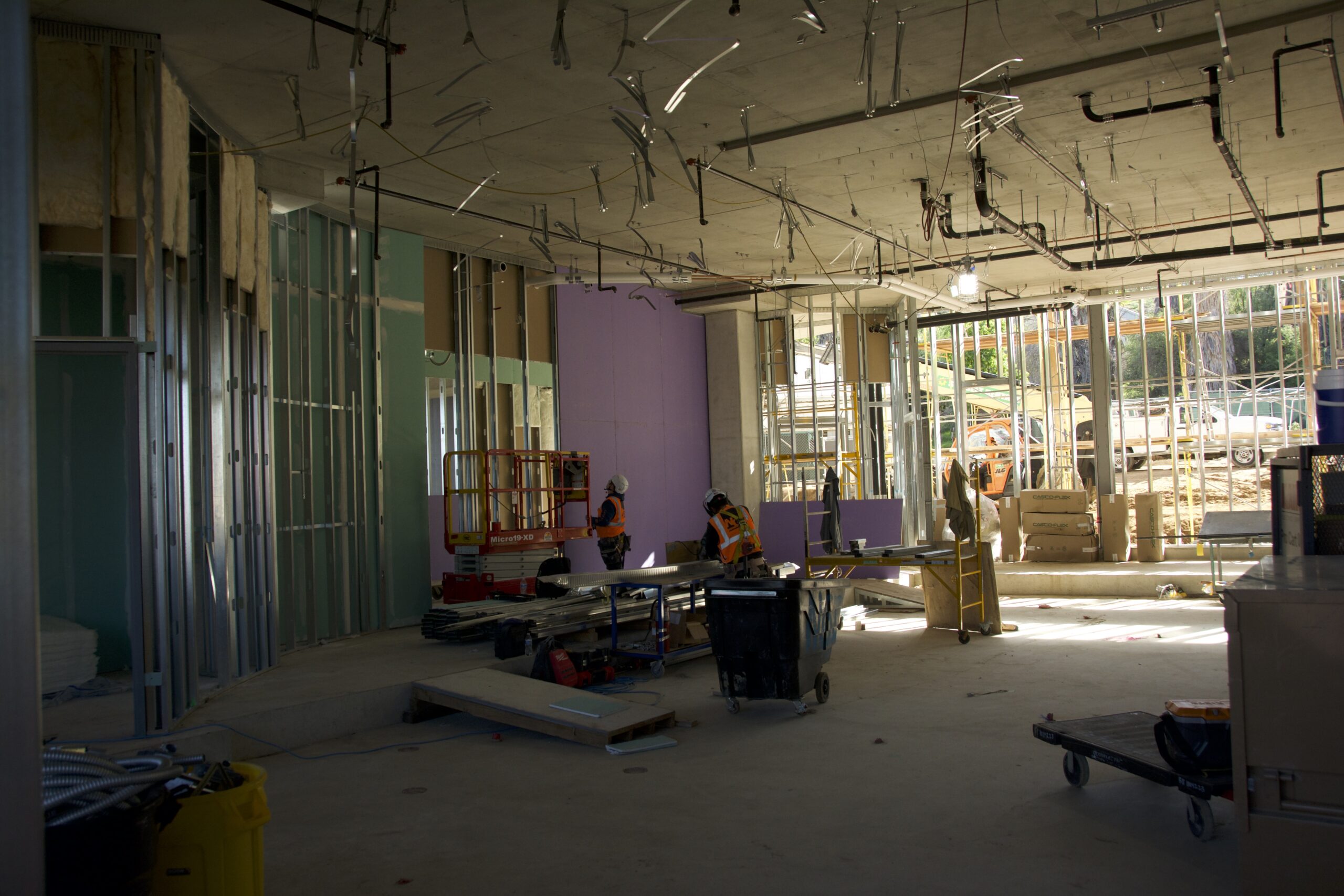
The University of California, Riverside (UCR) is currently undergoing two “transformative” projects which will provide hundreds of new beds of on-campus housing and thousands of square feet of classroom and administrative space. These projects, North District Phase 2 and the new School of Business building, hope to address both the academic and residential strains of increased enrollment through “modern” facilities containing “state-of-the-art” technologies. Managing construction for both projects is contractor McCarthy Building Companies.
The new School of Business
Currently in the mid-stages of construction, one of the McCarthy projects being constructed on campus is the new School of Business building. Approved by the University of California (UC) board of Regents in the summer of 2022, the new School of Business building, an $87 million project just south of Anderson Hall, hopes to accommodate recent growth in the UCR School of Business and provide both undergraduate and graduate business students with a “sense of home” on campus. Many business students take their courses around campus since Anderson Hall, the former School of Business, has limited classroom space. This new home for the School of Business provides 38,500 square feet of assignable space, augmenting the 23,800 square feet of space the school has in Anderson Hall and the second floor of Olmstead.
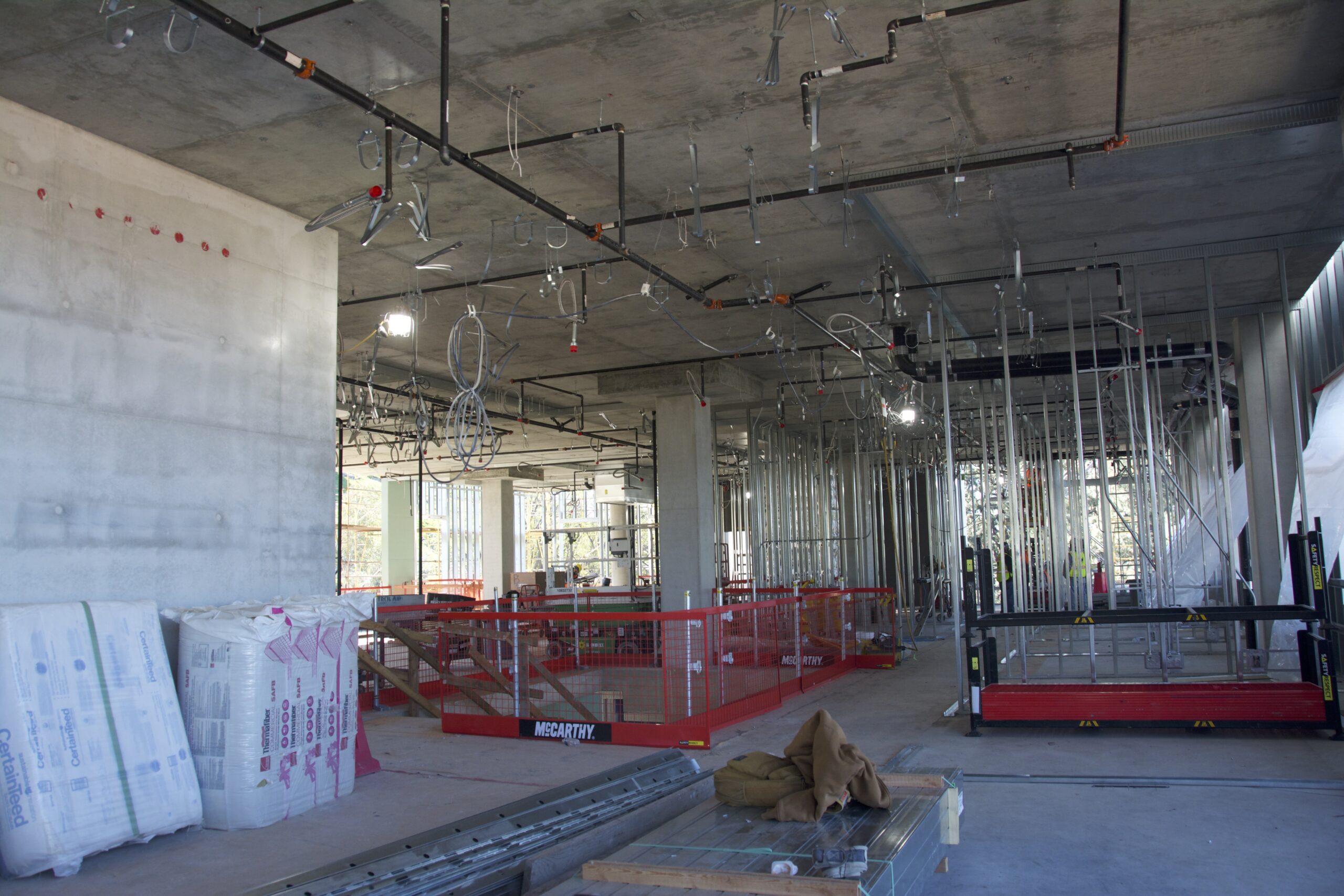
Senna Omar / The Highlander
According to Inside UCR, the new building would feature, “a large multipurpose room; two 80-seat classrooms; a 350-seat auditorium; a computer lab; a studio to record podcasts, lectures, videos and other media; study areas; a student lounge; 20 faculty offices; 59 administrative offices including one for the dean; a faculty and staff lounge; an executive meeting room; and group meeting rooms.”
The project began preliminary work in fall of 2022, and held a groundbreaking ceremony in April of 2023. Construction is set to be completed in August of 2024.
Frank Salhab is the Senior Project Manager for McCarthy Building Companies and the contractor managing the School of Business project. The project completed work on the frame of the building, called the superstructure, in December of 2023, and is now working on “the exterior skin, getting the building fully dried in and then we can start the interior finishes at that point,” according to Salhab.
The project site currently sees work from about 60 different trade partners daily, managed by McCarthy. Salhab estimates that between 70 to 80 people are on the site each day, and asserts that keeping track of all these moving pieces comes down to “having good documentation,” such as monthly and weekly schedules distributed to the trade partners.
North District Phase 2
In regards to the other McCarthy projects currently being built on campus, Vice Chancellor of Planning, Budget and Administration (VCPBA), Gerry Bomotti characterized North District Phase 2, as “a student success project that happens to have housing.” Since the project will house a combination of both UCR and Riverside Community College District (RCCD) students, UCR administration hopes that it will increase transfer rates that have fallen since the COVID-19 pandemic.
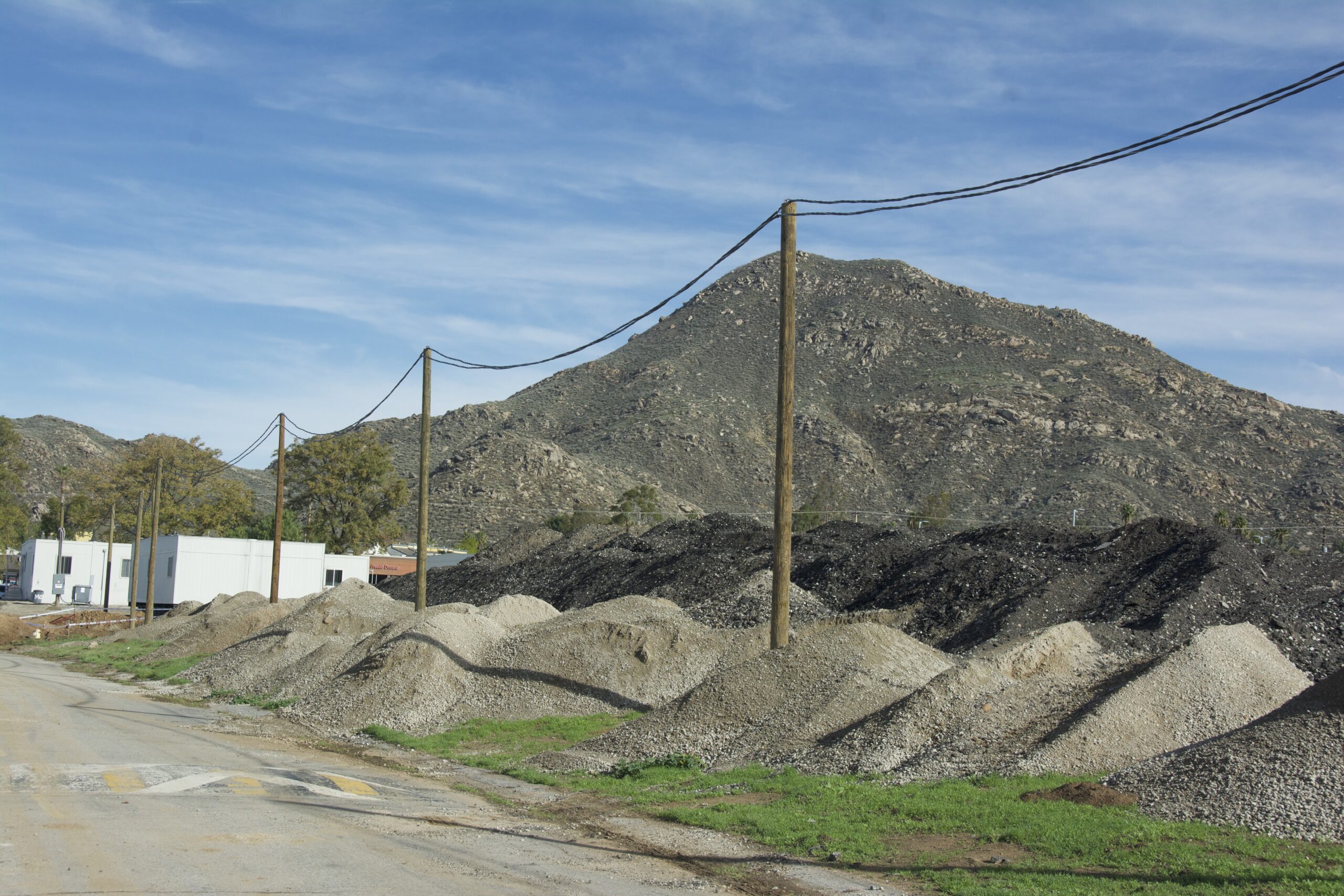
Lead Operations Manager for North District Phase 2, Eric Speik alongside Jason Cantrell, the Senior Superintendent for the project, shed light on the behind the scenes construction elements that go into turning an empty plot of land into an actual building.
As far as amenities go, North District Phase 2 will consist of two apartment style buildings, offering 1,568 beds to a combination of UCR and RCCD students. For more information on this partnership check out the Highlander’s coverage, “North District Phase 2 breaks ground.” North District Phase 2 residents will have access to a grab-and-go cafe, laundry rooms, a fitness center, conference rooms, a parking lot, an outdoor recreation space and an outdoor amenity space nestled between the two buildings that Speik, is calling “Central Park.”
VCPBA Bomatti discussed this ‘central park’ area, describing it as “an area up [on the site] that had all these large trees,” and expressing that the project intended to “maintain the trees, providing shade [for residents]; we’re going to put some benches and other stuff for students to use … We’d like the residents there to have somewhere outside where they could go and be in the shade and study or do whatever they wanted to do there.”
Elaborating on this ‘central park’ area, VCPBA Bomotti further delineates how they would be installing recycled turf, “we are making people take turf out of other places on campus where the turf is not in use so that we’re not adding turf [to campus] overall. There’s a bunch of turf around a lot of the existing housing now that’s not used. It has to be maintained and watered so people have already planned on taking out at least as much as we’re adding up on the North District [Phase 2] site to provide a nice green area there.”
Alongside the outdoor spaces, North District Phase 2 will act as a pedestrian and commercial gateway into UCR campus. The space will consist of a loggia, or an outdoor covered walkway along Canyon Crest Drive. Cantrell elaborated on this, “instead of just having the building face coming up right up to the edge of the sidewalk … you’re inviting people to come walk into the loggia, which is a part of the structure … so everybody who’s part of this community is going to be part of this building at that point. It’s not like they’re just separate, they’re not just walking through a commercial space.”
North District Phase 2 is set to be completed by August 2025. Currently the project is in the excavation phase, meaning they are preparing the site to be built on. According to Speik, “We’re just now beyond the heavy export portion of the job and getting ready to certify our building pad. From there, once we certify the pad, we will start our concrete work.”
Construction Aspects
Because the North District Phase 2 project is considered an accelerated project, McCarthy has a 22 month time frame to complete the construction. According to Cantrell, a project of this size would typically take around 24 to 25 months; there are some extra components to accommodate this sped up timeline that are not typical of other construction projects. Cantrell described how on a day-to-day basis the project will probably have between 300 and 350 people working on site and “at peak we’ll probably be hitting close to 500 people out here working on the building.” This type of manpower is not typical in construction projects; so, to accommodate such a mass volume of people, McCarthy utilizes a sequencing system to manage staff.
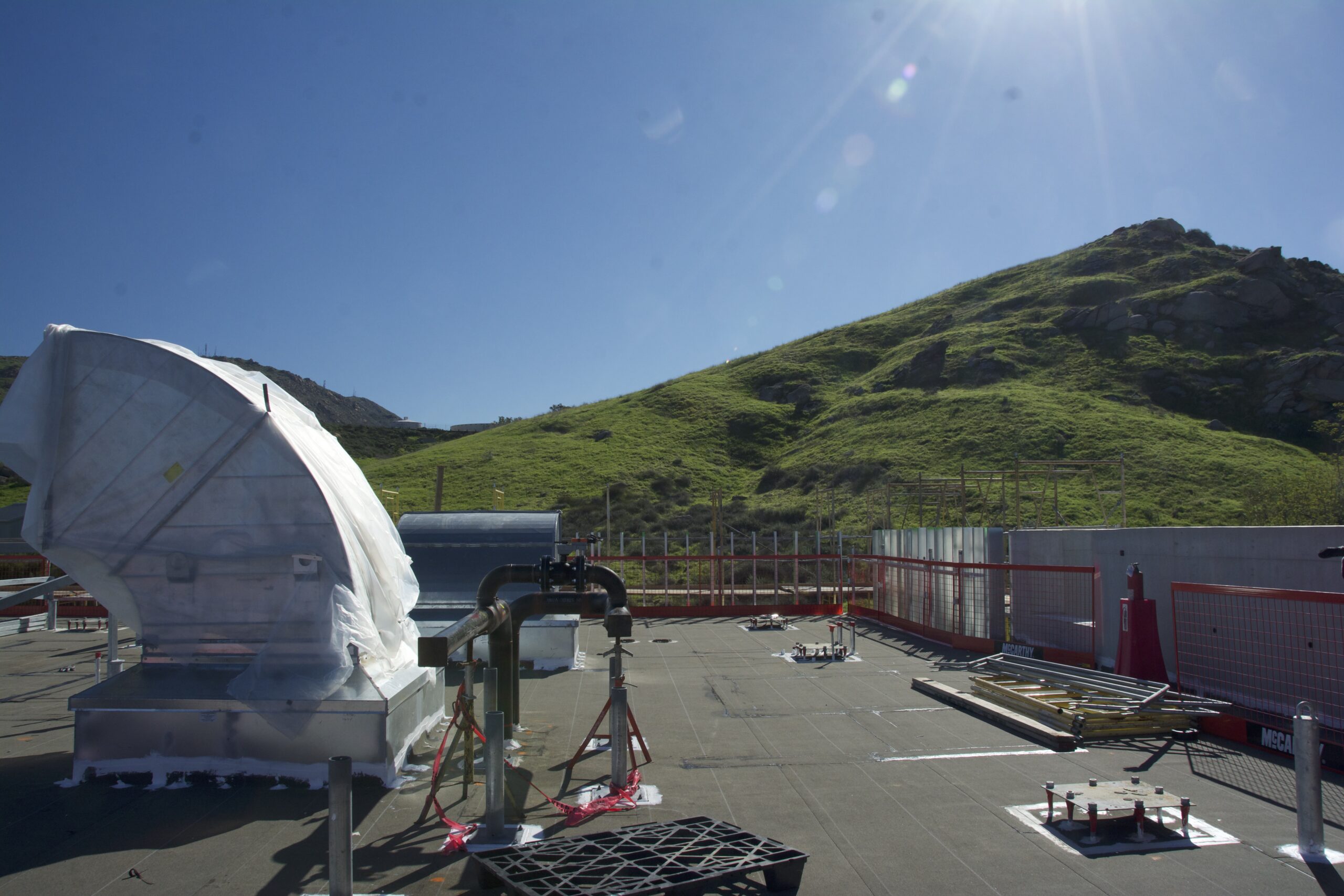
Senna Omar / The Highlander
Before they even begin working on the project, McCarthy construction assembled their internal team to create a proposal responding to UCR’s request for proposal (RFP). An RFP is a stipulation of the universities project requirements, and McCarthy created a proposal adherent with those requirements. According to Speik, “we put together a proposal that adheres to the [RFP] that the campuses published, along with a value associated with that. And those two in conjunction are the basis of awards for the university.” McCarthy made the most competitive bid, both on a points scale and in the overall dollar value, allowing them to win the rights to the project.
McCarthy works on both commercial and educational building projects; North District Phase 2 is classified as an education project. Cantrell detailed McCarthy policy when working on educational projects, stating, “we are working on an active campus, safety is obviously our first priority.” There are also different jurisdictions authorities working within the project, including the Division of the State Architect (DSA) alongside the UC system as their own building authority who are the ones permitting this project.
Since North District Phase 2 is a UCR housing project, Cantrell highlighted that McCarthy is going through a different review process compared to a commercial project, stating, “instead of just going to the city, you’re going through the university’s building official. So they have a little more vested interest in the project and how it ultimately turns out.”
Diving into this more, Speik talked about UCR’s Planning, Development and Construction group (PDC) that is managing the project on behalf of UCR and RCCD. According to Speik, the PDC acts as “representatives for the university. So as they’re looking out for the best interests of the university, and as decisions are made within the project, they’re the representative that would give the ‘yays’ and ‘nays’ depending on what the issue might be.”
McCarthy’s role on North District Phase 2 is focused on the construction of the project, with the design coming from an outside architect and changes mostly being dictated by the University. Speik elaborated “as part of the criteria and basis of award for this project, the University had already started [the design] process with the lead designer Solomon Cordwell Buenz (SCB), from there McCarthy contracts with SCB to finalize the drawings and then build the work.” According to Speik “both RCCD and UCR had a ton of input into the current drawings as you see them today. So what ends up being put out in the field has UCR and RCCD fingerprints all over it.”
Unlike North District Phase 2, the new School of Business is a design-build project, in which McCarthy, working with architecture firm Moore Ruble Yudell, won the contract to both design and construct the new building. Administratively however, the structure of McCarthy’s relationship with the University in this project is “pretty similar” to what it is for North District Phase 2, commented Salhab.. “They’re overseeing us to make sure that we’re on track, for example, from a scheduling standpoint. The University reviews a lot of our submittals to ensure that they’re in conformance with the construction documents and the campus standards. The inspector has the ultimate say as to whether or not something is completed and signed off and when we are ready for the next phase [of the construction process].”
On both of these projects, the University has the opportunity to review the standards and scope throughout the process. “They have the opportunity to say ‘this product does not meet the campus standard. Please switch it to a different product,’” explains Salhab. “To which I will say ‘gladly, of course, we’re bound by the campus standards.’”
For instance, the School of Business project scope was expanded to include a cafe which will be offered within the new building. According to Salhab, the original design for the building included space for a cafe, but that these services would be provided at a later date. “But between campus leadership, it was decided that we’re already here. And I know that the Dean of the School of Business would appreciate having a cafe where students can gather, grab some food without having to travel all the way back to the heart of campus,” explained Salhab.
Sustainability
Concurrent with UC sustainability policy, North District Phase 2 is pursuing a Leadership in Energy and Environmental Design (LEED) Gold certification. Speik stated that “[Leed Gold] means from design through construction,” the project team is utilizing sustainable building practices.
Speik stated, “the United States Green Building Council (USGBC) puts together a certification program and project goals, and we’ll chase those certifications. For example we are utilizing recycled materials, and tracking waste diversion. This means the waste that leaves the project is diverted from landfills and recycled to be used on other projects.” The North District Phase 2 site has an area where McCarthy collects concrete and dirt waste to be diverted to other McCarthy construction projects.
The sustainable aspects of the project go beyond just recycling, Cantrell stated that North District Phase 2 utilizes “energy efficient utilities for electrical water, hot water heating and electrical heat within the building, so there’s the opportunity to use renewable energy to power those.”
Additionally, according to VCPBA Bomotti, North District Phase 2 and the new School of Business use type one L concrete, or limestone concrete. VCPBA Bomotti stated, “This concrete looks more white than it looks like regular concrete. That is one of the ways you can tell it’s a more sustainable product there in comparison to normal concrete … [The School of Business] is the first building we have on campus that is using this more sustainable concrete.” According to Salhab, “The introduction of limestone during production of the cement actually reduces the carbon footprint. And so, type one L, generally speaking, has a lower carbon footprint than other types of concrete.”
Leed Gold certification is the second highest sustainability rating, topped only by a platinum rating, which the School of Business is attempting to achieve. Aiming for a LEED platinum rating means the project has implemented multiple sustainability features ranging from the building itself, including bike racks and a solar array, to how the building is being constructed, such as air quality testing, material recycling and even the type of concrete used.
As construction of the new School of Business moves into its last few months, the McCarthy team is excited to see the completed project. Salhab even stated that “this is probably one of the most enjoyable [projects]” he has worked on, “I really love this building and how it is tucked into the hillside, and as you get up to level three and four. You have a very nice view overlooking the campus.” The experience working with UCR, according to Salhab, was “overall nothing but great,” and he looks forward to working on future McCarthy and UCR collaborative projects.
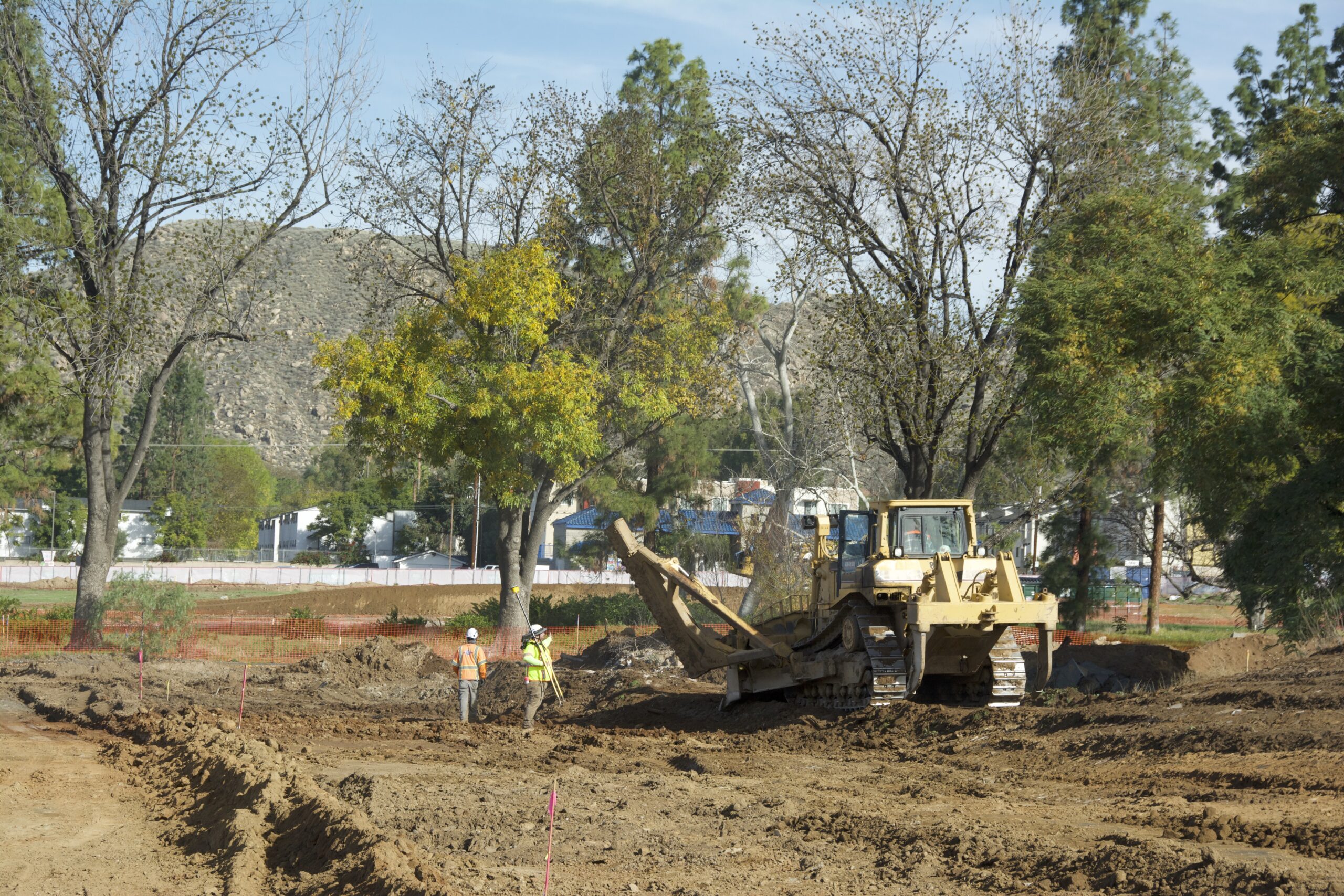
Emyr Ortiz / The Highlander








